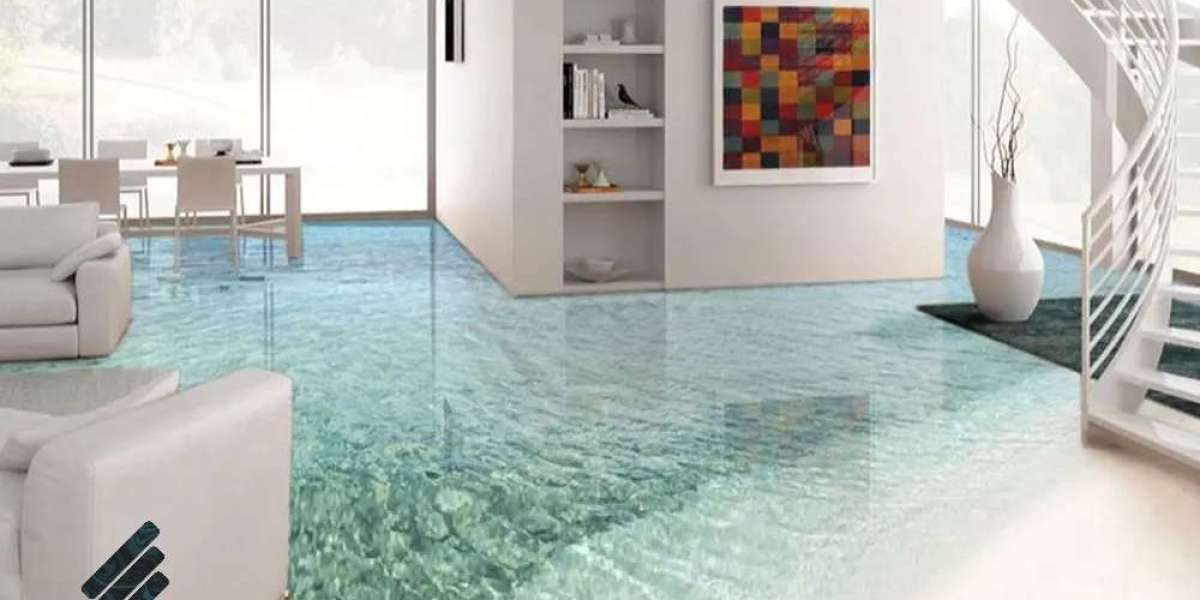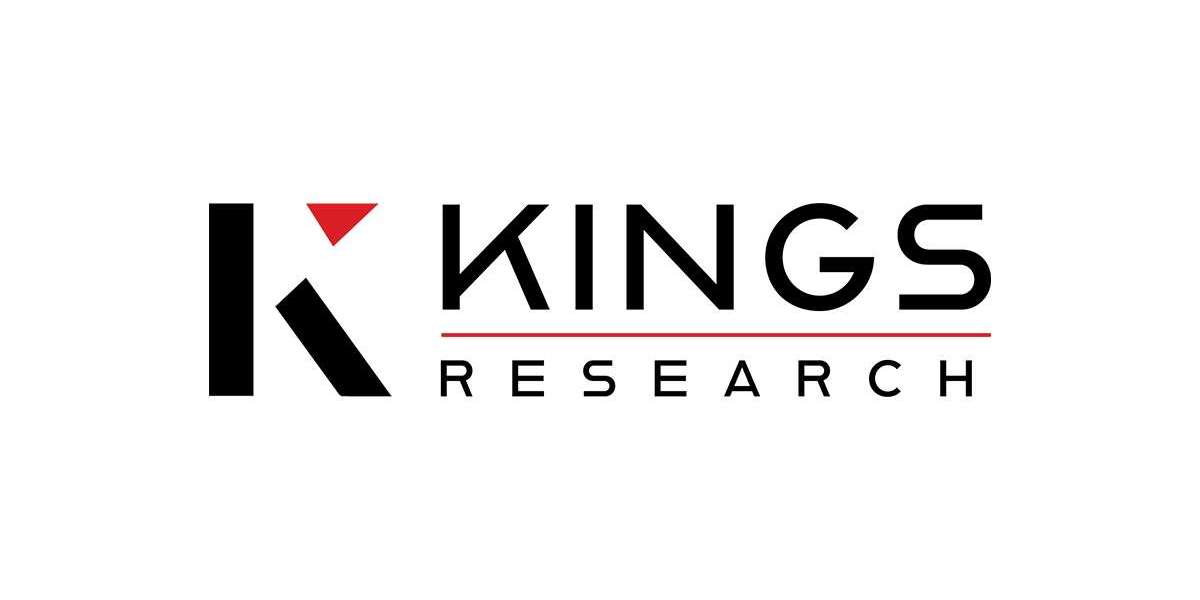Epoxy flooring has surged in popularity recently, celebrated for its seamless finish and formidable durability. This type of flooring solution offers a modern look while maintaining a high level of functionality, making it a preferred choice for designers, homeowners, and business operators alike.
Understanding Epoxy Flooring:
At its core, epoxy flooring consists of two main components: a polymer resin and a hardener. When mixed, they form a chemical bond resulting in a rigid plastic material that is both strong and resistant to degradation. Epoxy floors are known for their ability to withstand heavy traffic, aggressive chemicals, and severe impacts.
Types of Epoxy Flooring
There are several types of epoxy flooring systems available:
Self-leveling epoxy floors provide a smooth and level surface.
Epoxy mortar floors are the toughest epoxy floor system available.
Anti-static epoxy floors reduce static hazards in sensitive environments.
Quartz-filled epoxy systems add an aesthetic element while providing a slip-resistant surface.
Benefits of Epoxy Flooring
The advantages of epoxy flooring are numerous:
Durability: Epoxy flooring is exceptionally durable and can last decades without cracking or peeling.
Maintenance: Its seamless surface is easy to clean and highly resistant to spills and stains.
Safety: Epoxy coatings can be formulated to be slip-resistant, making it safer in wet conditions.
Aesthetics: Available in a variety of colors and patterns, epoxy can enhance the visual appeal of any space.
Why Choose Epoxy for Your Floors?
Epoxy flooring is versatile enough to benefit any type of environment:
Residential Applications: In homes, epoxy is often used in garages, kitchens, and even living areas for its sleek look and easy maintenance.
Commercial Applications: Businesses opt for epoxy flooring due to its robustness and minimal upkeep requirements.
Industrial Applications: Factories and warehouses benefit from epoxy’s resistance to heavy machinery and chemical spills.
Installation Process
Installing epoxy flooring involves several key steps:
Preparing Your Space: This includes cleaning the substrate and repairing any major cracks or unevenness.
The Installation Itself: The mixed epoxy is poured onto the surface and spread evenly.
Curing and Finishing: The epoxy must cure, a process that can take several days depending on the conditions.
Maintenance of Epoxy Flooring
Maintaining epoxy flooring is straightforward:
Regular cleaning with mild detergents.
Immediate cleaning up of spills to prevent stains.
Periodic resealing may be required for high-traffic areas.
Design Options with Epoxy Flooring
The design possibilities with epoxy are nearly endless
Color and Patterns: Choose from a wide range of colors or incorporate various patterns like chips and metallic effects.
Textures and Finishes: Options include glossy finishes that reflect light or matte finishes for a subdued look.
Cost Analysis:
The cost of epoxy flooring can vary widely based on factors such as the size of the area, the type of epoxy system chosen, and the complexity of the installation.
Conclusion:
Epoxy flooring stands out as a stellar choice due to its durability, aesthetic flexibility, and cost-effectiveness. Whether you’re outfitting a home, workplace, or industrial area, epoxy offers a reliable and attractive flooring solution.








